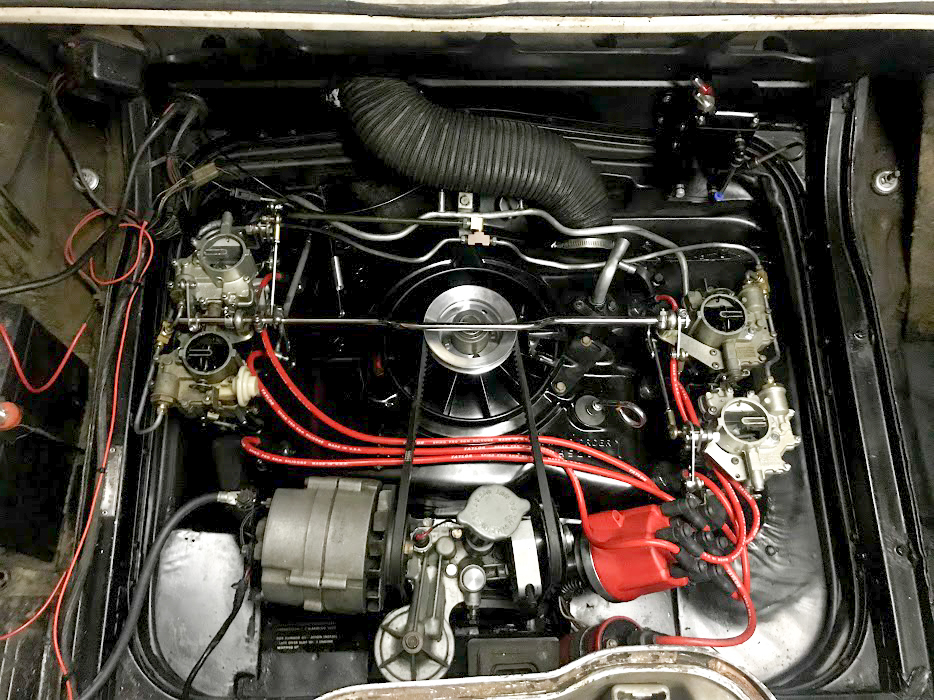My Corvair reminded me that rebuilt parts can still suck
I have long been an advocate of the humble carburetor. When you take the time to understand its jets and venturis, the result is an easy to tune and rewarding existence. I had to eat my words recently though, as my 1965 Corvair Corsa gave me nothing but headaches for weeks on end. What hurt more was that the headaches were self-inflicted.
The horizontally-opposed cylinders of my beloved Corvair Corsa require interesting intake and carburetion systems, which I have talked about before. While it is possible to replace the four single-barrel Rochester carbs with a single two-or four-barrel and a special intake, I personally never liked the appearance of that setup, let alone the fact that the single-barrel carbs have always been relatively easy to tune and maintain.
The car was running great last fall (right until it wasn’t), but over the winter I decided to install a set of new secondary carbs that have an idle circuit—solving an imaginary, or at least minimal, problem of a lean mixture on a few of the cylinders when idling. The install was easy enough, since the “new” carbs are identical to the previous set when it comes to exterior dimensions and connections. After making sure the fuel lines were leak-free, it was time to start the engine for the first time in 2019.

Turning the key and starting that engine brought on a flood of headaches. At first the engine wouldn’t stay running, then the engine wouldn’t idle, and finally the thing would only run at 2000 rpm, and that all transpired within 20 minutes. I’ve been dealing with Corvairs for a decade, though, so my first guess was that surely the problem was simply a too rich air/fuel mixture or a vacuum leak.
The mixture was first, and no amount of futzing with a screwdriver made a difference. “Alright,” I thought, “I’ve fought vacuum leaks before, I can handle this.” Off came the carbs, fresh gaskets were installed, and everything was reassembled. No dice. Next I borrowed a timing light. Timing was right where I last set it, but backing it off a few degrees brought the idle down. A sign.
A confusing sign though, because it told me there was still a vacuum leak. It was back to basics. A palm over each of the primary carbs should kill the engine, but instead it continued to run, confirming my suspicion that air was entering the engine from somewhere it shouldn’t be. With new gaskets and hoses on all connections where a vacuum leak could be I tossed and turned at night wondering how my little 164 cubic inch engine was seemingly sucking in air from nowhere.

It wasn’t. The new secondary carbs I was so happy to install were not performing as designed. How? I’m still not sure. Carburetors are finicky things when they want to be, and it seems this pair was assembled from a parts bin and might not be made of correctly matched parts. Reverting to the original secondaries, though they lacked the idle circuit I wanted, found the engine purring along like just before winter.
Did I learn my lesson? Maybe. I’ve always had a problem with fixing things that aren’t broken. The car ran fine, and now runs fine again. Of course, now it is just a game of keeping it that way.


